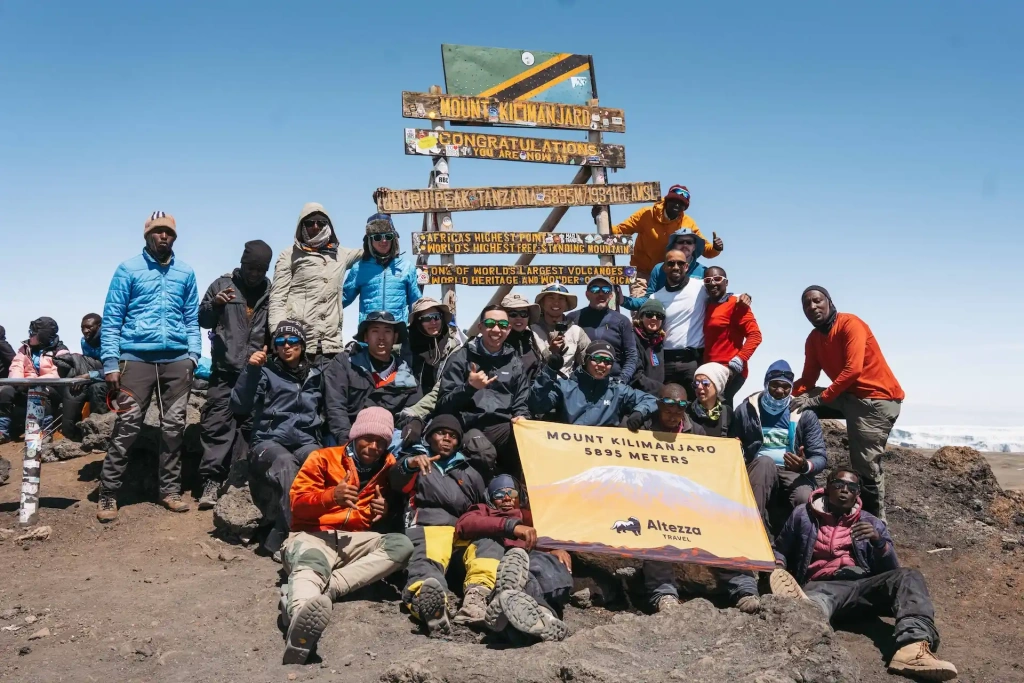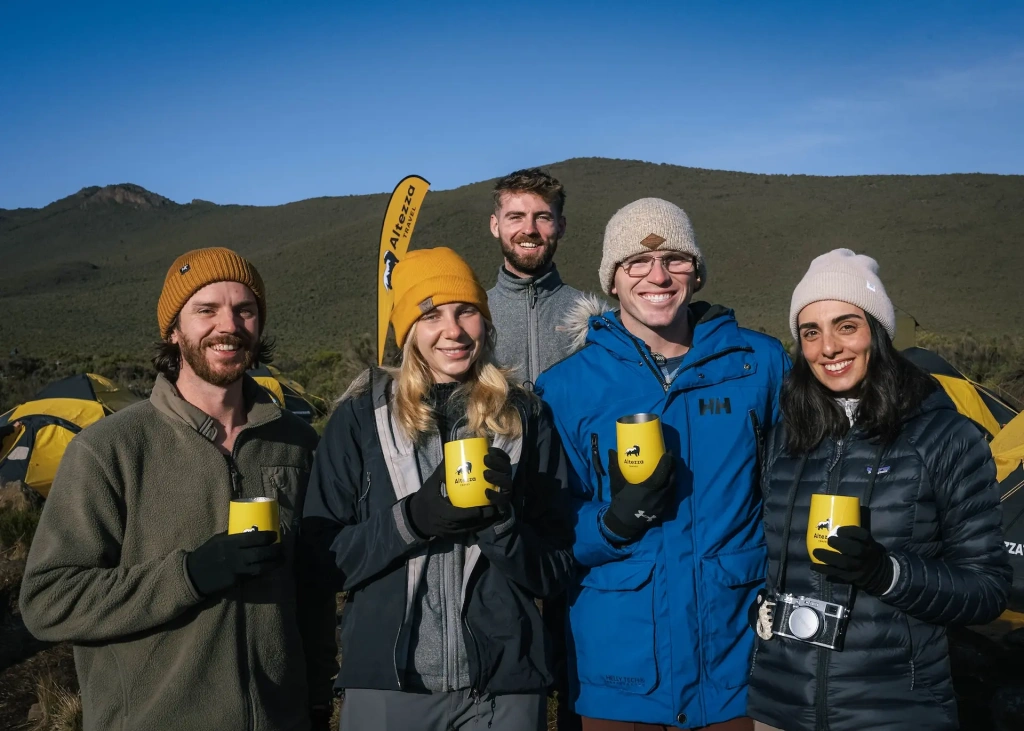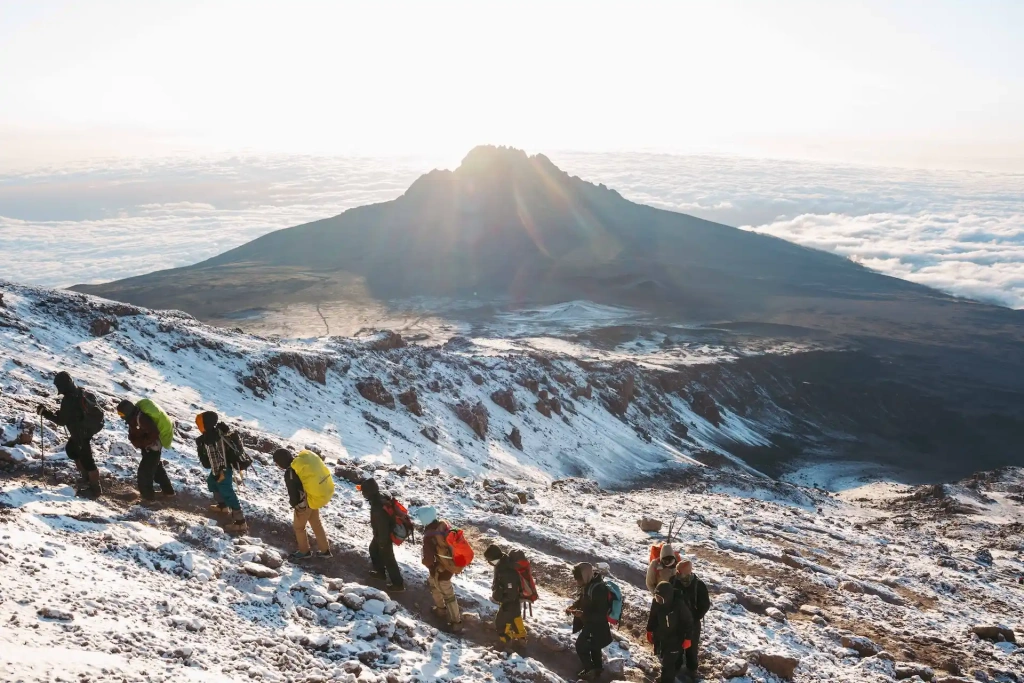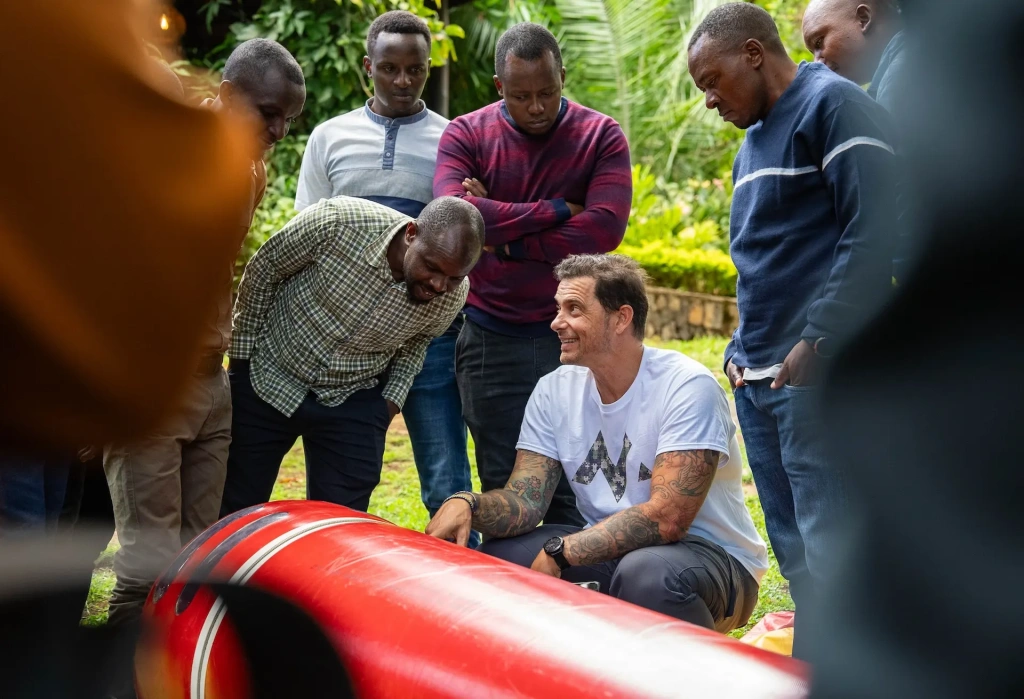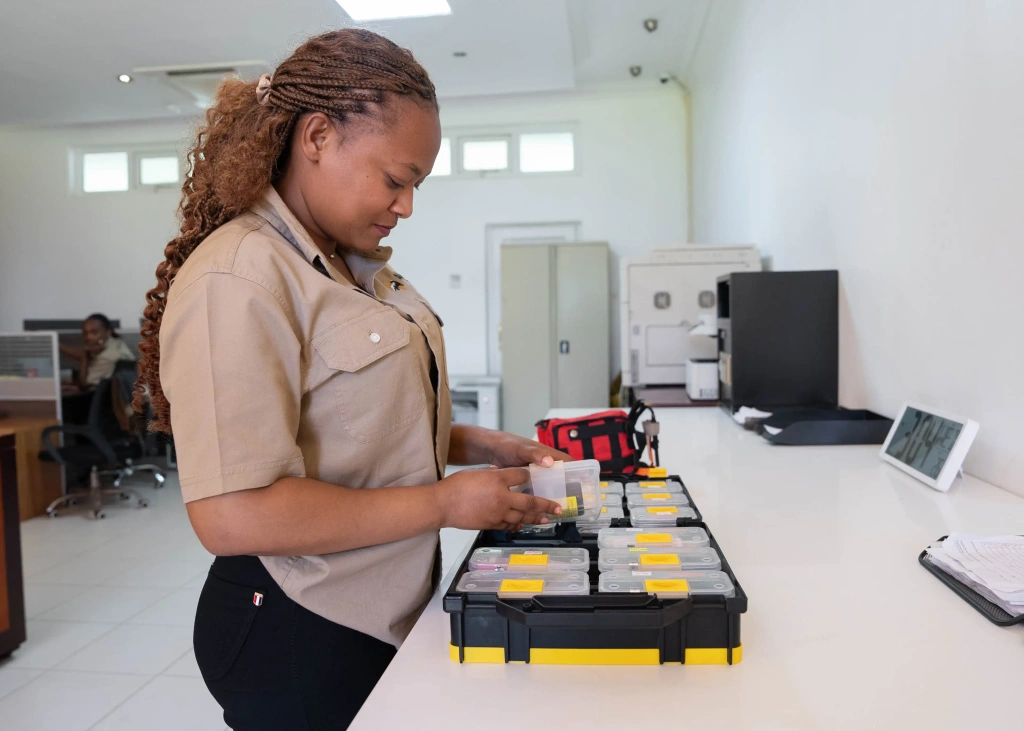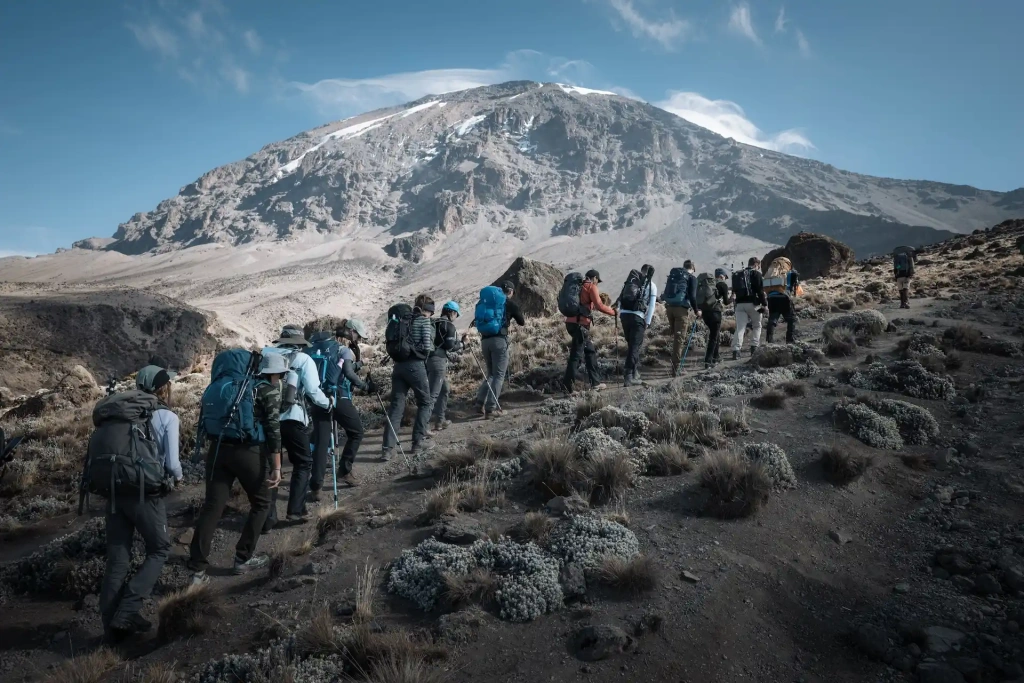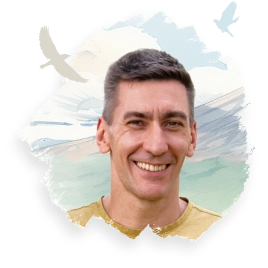Climbing Kilimanjaro is a surprisingly safe form of adventure travel, especially when compared to other popular mountaineering destinations like Mont Blanc, the Matterhorn, or Mount Elbrus.
Among the Seven Summits — — Kilimanjaro is considered one of the easiest to climb. Nearly anyone can reach its summit. No technical skills or specialized equipment are required.
However, Mount Kilimanjaro, standing at 5,895 meters (19,340 feet), is not a casual hike and should be taken seriously. That said, the risks can be minimized with proper preparation and by choosing a reliable tour operator.
Here’s what our climbers say about their expeditions with Altezza Travel:
“Best experience of my life - thanks to Altezza. Food was amazing. The porters were absolutely incredible. All our stuff was set up when we arrived at camp. Health and safety was priority #1. Lots of singing and dancing. It was the best experience of my life!”
Olivia H via TripAdvisor
How many people die on Kilimanjaro — and why?
How dangerous is Kilimanjaro when it comes to fatalities? Deaths on Kilimanjaro (or in hospitals after evacuation) happen primarily due to extreme cases of altitude sickness, which can cause:
- High-altitude pulmonary edema (HAPE)
- A combination of HAPE and high-altitude cerebral edema (HACE)
Porters face a slightly higher risk, with about twice the number of fatalities per year compared to trekkers. However, this varies from company to company. Among the top ten Kilimanjaro operators, only Altezza Travel has never lost a single client or porter. We currently employ more than 3,000 porters.
Safety on Kilimanjaro climbs with Altezza Travel
Why do fatalities occur with other tour companies? The primary reasons are a poor understanding of altitude logistics, a lack of organization, and the absence of safety protocols. Most companies on Kilimanjaro primarily focus on safari tours, treating climbs as a secondary business. Many of their managers have never been to the mountains themselves, so they lack vital experience.
Altezza Travel has been based in Tanzania for 11 years and specializes primarily in Kilimanjaro climbs. We’ve earned such trust that even the Office of the President of Tanzania selected us for high-profile missions, such as carrying the Uhuru Torch to the summit. We continuously refine our approach and invest heavily in expedition safety.
A key piece of advice: avoid booking with small operators or solo local guides. They usually don’t have a qualified mountain team, proper guide training, safety protocols, or medical and rescue equipment. In short, they lack both experience and the means to keep you safe.
At Altezza Travel, we take safety seriously — not just for travelers but also for our guides, porters, and cooks. We have detailed safety protocols for all scenarios, which is why the chance of injury or death during our expeditions is as close to zero as it can be.
How to minimize risks on Kilimanjaro? Here's what we've learned:
We strongly encourage all our climbers to choose longer Kilimanjaro programs. When selecting a route, avoid short itineraries — your climb should last at least 6 days, and ideally 7 or 8. This gives your body the time it needs to gradually adapt to the high altitude.
“Safety First: Altezza prioritizes safety with regular health checks and expert guidance, ensuring everyone acclimatized well. Thanks to their support, our entire group reached the summit!”
Sascha M via TripAdvisor
Another way to reduce the likelihood of altitude sickness is with preventive medication.
We also include daily medical checkups. Our rescue-trained guides conduct them twice a day (morning and evening), measuring oxygen saturation and checking for symptoms in all team members, including staff.
“I have watched other teams and other groups and they were FAR from what we have experienced with Altezza. But the most important thing was SAFETY, they carry extra oxygen tanks just in case, their guides are trained together, they have a set of porters that are a good team. They have a ratio of 2 to 1 hiker guide.”
Daniel via TripAdvisor
All our lead guides are certified Wilderness First Responders and undergo regular refresher courses. They always carry first aid kits and oxygen tanks. If your chosen company lacks such preparation, you’re taking a significant risk. Trust your life to professionals — mountains are no place to cut corners.
Here’s an example: About half of Kilimanjaro operators don’t carry bottled oxygen at all, or only offer it for an extra fee. Many trekkers don’t realize how crucial oxygen is at altitude and risk their health as a result.
Even companies that do carry oxygen often bring just 1–2 tanks. At a flow rate of 3 liters per minute, each tank lasts 2 hours, so that’s 2–4 hours total.
Altezza Travel uses large tanks with conservative flow regulators, each lasting up to 16 hours. We bring five tanks for every 10 climbers, totaling 80 hours of oxygen. Compare that to the 4 hours most companies provide, and the difference is huge.
“Each member of the crew, from guides to porters, was professional, knowledgeable, and genuinely supportive. They performed thorough gear and medical checks, displaying a level of preparation that made me feel confident and safe throughout the trek. Altezza Travel’s team has seen it all, and their extensive experience shines through every step of the way, ensuring everyone has the best possible chance of making it to the summit. Altezza and the team always had a backup plan on top of a backup plan, in case anything would have gone wrong (it didn’t).”
Mark S, Germany via TripAdvisor
Altezza’s mountain teams also know exactly what to do in case of emergency evacuation. They’re equipped with reliable communication tools: GPS trackers and satellite phones. Timely, skilled intervention can save both lives and long-term health.
Our safety protocols account for every possible situation. That’s why climbers with Altezza Travel enjoy an unmatched level of safety on Kilimanjaro.
So, is climbing Kilimanjaro dangerous? It really isn’t, especially compared to similar peaks around the globe. However, like any high-altitude climb, it comes with risks. Our job is to minimize those risks, and we do it exceptionally well.
Join one of our expedition groups to the “Roof of Africa” and see for yourself: with the right team, climbing Kilimanjaro is both a thrilling and safe adventure.
All content on Altezza Travel is created with expert insights and thorough research, in line with our Editorial Policy.
Want to know more about Tanzania adventures?
Get in touch with our team! We've explored all the top destinations across Tanzania. Our Kilimanjaro-based adventure consultants are ready to share tips and help you plan your unforgettable journey.















